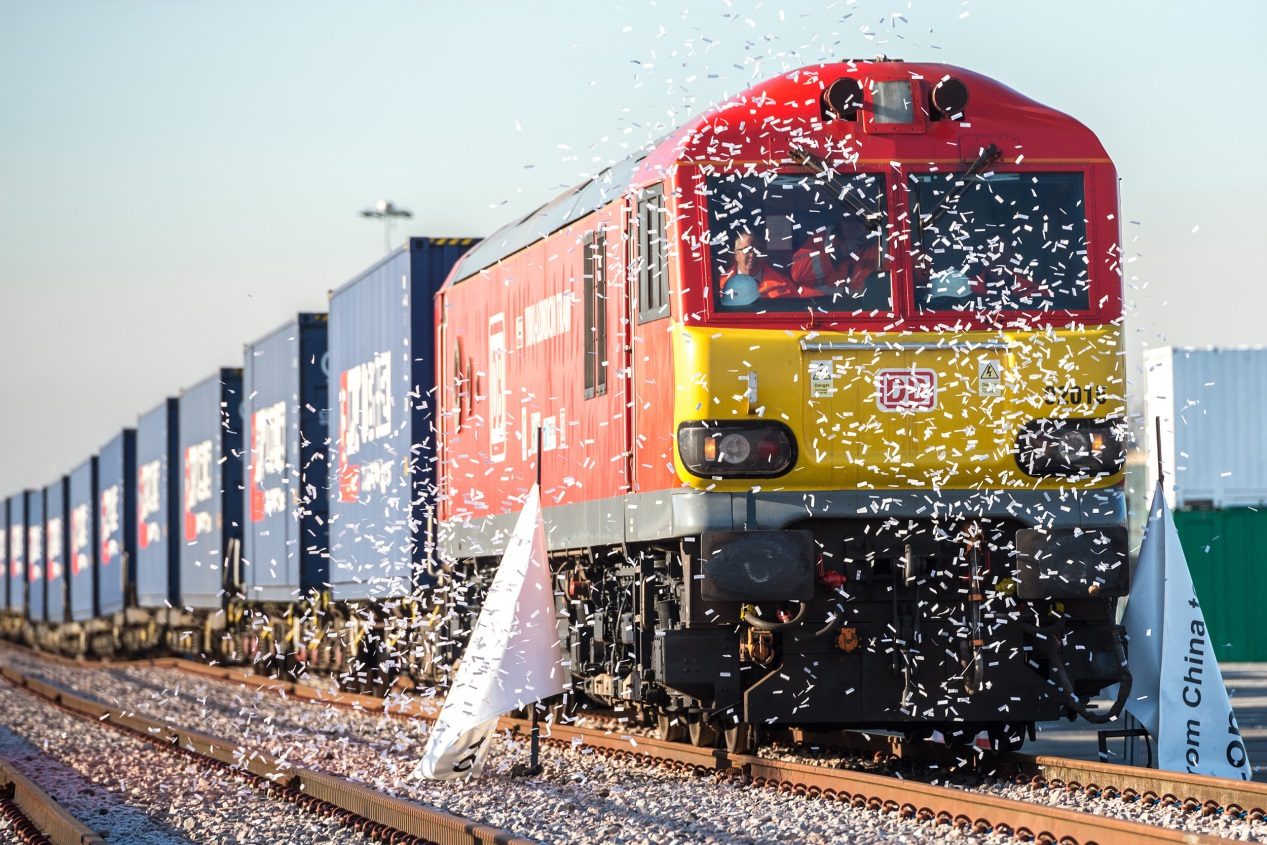
18:05, 28-Feb-2019
Full Episode - The Belt and Road Initiative at Five Years: What are the opportunities and challenges?

By Robert Lawrence Kuhn
The Belt and Road Initiative is President Xi Jinping’s premier strategy for engaging the world, especially the developing world, emphasizing cooperative projects for mutual development. The Initiative constructs much-needed infrastructure, while at the same time it diversifies and expands the Chinese economy. I am pleased to witness progression from vision to reality, from formulation of strategy to implementation of projects. Now, at just about the Belt and Road’s five-year mark, is a good time to take stock. What has been accomplished? What problems have arisen? What challenges lie ahead? In particular, with China’s multi-faceted global outreach becoming ever-more prominent, what do we make of increasing international pushback against the Belt and Road, both its overall vision and its specific projects? While more countries clamor for more projects, contrarian voices are getting louder. Recent complaints about excessive debt have put major projects on hold. With real-world projects in process, how to assess the overall Belt and Road vision? Let’s spotlight key challenges, key problems — so that each can be addressed openly, candidly, substantively.

The construction site at Hinkley Point C nuclear power station in southwest England, one of the Belt and Road Initiative projects, January 17, 2018. / VCG Photo
The construction site at Hinkley Point C nuclear power station in southwest England, one of the Belt and Road Initiative projects, January 17, 2018. / VCG Photo
President Xi Jinping’s global vision is a ‘community with a shared future’, and the strategy to help bring it about is the Belt-and-Road Initiative, an infrastructure network of economic corridors, land-sea-air transportation routes, and major road, rail, port, power and pipeline projects – especially in developing countries. For good reason, President Xi calls Belt-and-Road the “Project of the Century”. Infrastructure investment can take decades to pay back, not just by direct revenues but by broad economic development catalyzed by upgraded logistics. It was always a mistake to expect too much, too easily, too soon. Just because Belt-and-Road is President Xi’s signature project does not mean that Chinese officials need to demand results before their natural time. I applaud China‘s intent to instill world-class “best practices” in financial structure and project management, exemplified by AIIB — AIIB must feel no pressure to do anything less. Sure, Belt and Road has problems – financial structure, cultural insensitivities, worker conflicts, operational delays, public debate of China’s influence, national security concerns, geopolitical rivalries. China needs to be acutely sensitive to two classes of problems: excessive debt that could cause blowback to China, especially when enforcing its creditor rights, and anything that could hurt the pride of host countries. But the bottom line is that poverty and inequality are the world’s most pressing problems and China’s Belt-and-Road provides sustainable solutions. Give China credit for the initiative. Focus on problems, fine, but to solve them, not to exacerbate them. Every person on earth should want China’s Belt-and-Road to succeed, and all those who can help, should help. That’s Closer to China.
SITEMAP
Copyright © 2018 CGTN. Beijing ICP prepared NO.16065310-3
Copyright © 2018 CGTN. Beijing ICP prepared NO.16065310-3